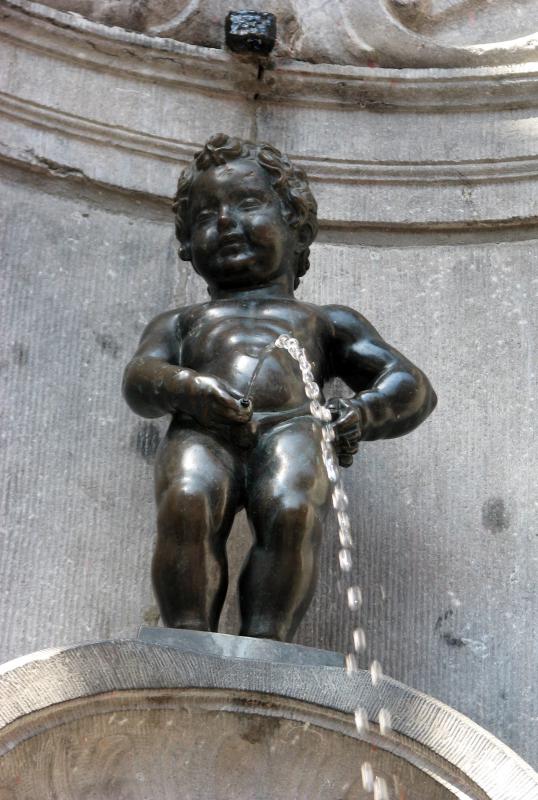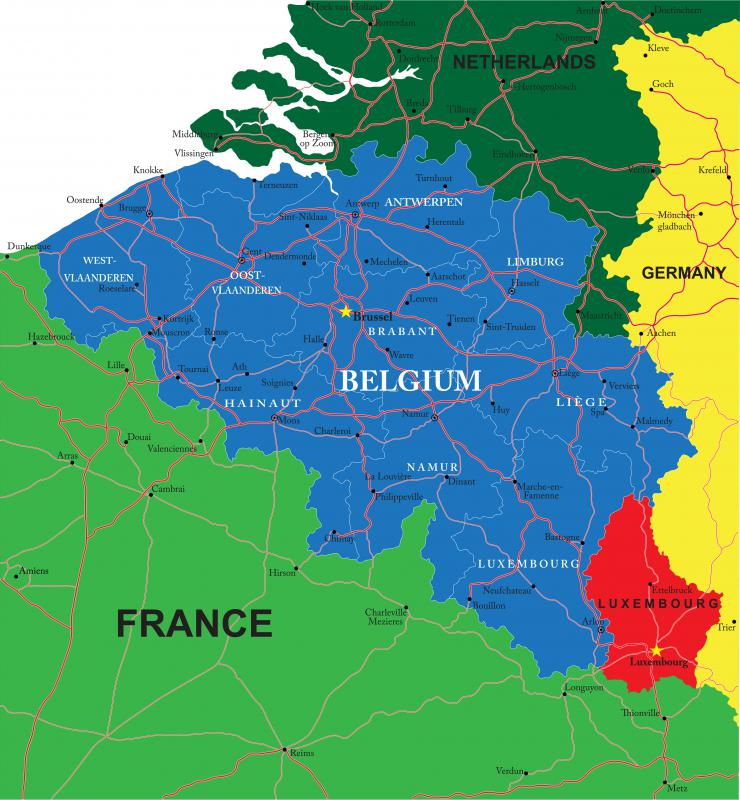At WiseGEEK, we're committed to delivering accurate, trustworthy information. Our expert-authored content is rigorously fact-checked and sourced from credible authorities. Discover how we uphold the highest standards in providing you with reliable knowledge.
What Is the Manneken Pis?
The Manneken Pis is a statue located in Brussels, Belgium. It is a popular landmark and tourist attraction crafted by Baroque sculptor Jerome Duquesnoy. The statue depicts a young, naked boy who, standing above a fountain, is urinating into it. Numerous myths and folk legends have emerged regarding the statue. Local traditions, such as dressing the statue up in outfits, are common, and replicas of the Manneken Pis exist around the world.
The current statue was created in 1619. It is crafted from bronze and has been situated in its current location above a fountain since its creation. Prior to 1619, another statue stood in its place. The former statue was most likely made of stone and originated in the mid-15th century but could date as far back as 1388.

Several stories exist concerning the boy. The most popular centers around the infant duke Godfrey III. According to the story, a basket holding the infant was hung from a tree during a battle in the city of Ransbeke. The infant noble urinated on the enemy troops, who finally lost the battle.
A different account of the boy’s history claims that the invaders besieged Brussels. They planned to blow up the city walls using explosives, which would have brought down the city’s defenses. A young boy named Julianske urinated on the fuse, saving the city. Other stories usually involve a lost or missing child in the Brussels streets.

Beginning in the 20th century, the community has occasionally dressed the Manneken Pis in clothing meant to commemorate both modern and historically significant events. Hundred of outfits exist from past events, and each year, a committee reviews submissions and suggestions for new outfits that the Manneken Pis might don in the coming year. His garb is changed a couple times per week at the discretion of the governing committee. The changing of the costumes is often accompanied by a some sort of ceremony.
Originally, the Manneken Pis was most likely intended to be a drinking fountain that citizens could frequent for water. The fountain is now sectioned off, which makes access to the stream of water more difficult. Occasionally, however, the statue's supply lines are redirected and attached to kegs of beer that passersby are encouraged to sample.
AS FEATURED ON:
AS FEATURED ON:












Discuss this Article
Post your comments